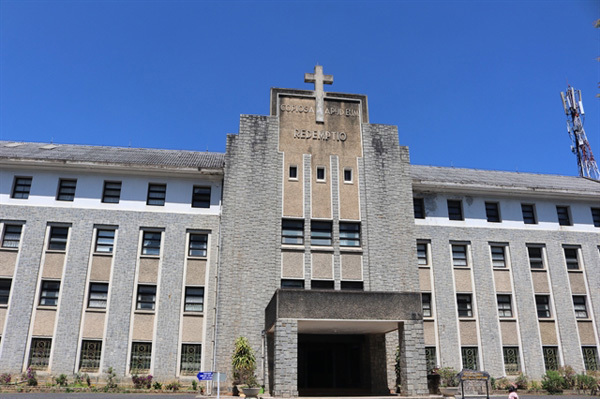 |
|
A redemptorist monastery with a typical French colonial architecture that is one of the ancient religious buildings in Da Lat. |
Most of them were built during the French colonial period after the French founded the city as a resort town to get away from the humid, hot climate in the south.
Monasteries with arched windows and balconies with large glass doors are European in design, but are also in harmony with the gentle rhythm of the city.
Some monasteries are still places of prayer, while the rest have been assigned to state units for maintenance and repair or have been changed to become tourist attractions.
New life
The most typical of these is the Redemptorist monastery, which is now being used as a biological museum managed by the Tay Nguyen (Central Highlands) Biological Institute.
The former monastery, built in 1952, is located in the middle of a pine forest on Tung Lam Hill, seven kilometres from Da Lat.
The building was constructed with the typical symmetrical French architecture. At the centre of the building stands a cross with the Latin inscription "Copiosa Apud Eum Redemptio", often translated as "With Him is plentiful Redemption".
The monastery is built of solid stone. Each wall and brick is imprinted with time and from the back of the building, you can see a panoramic view of the city.
At the time of its construction, the monastery was only the second stone Catholic building in the country after Phat Diẹm Church in the northern province of Ninh Binh.
It served as a place for Redemptorists, a Catholic congregation of missionaries, to worship and fulfill their missions.
Walking inside the monastery you can see classrooms arranged side by side along the corridors of the building.
The building consists of five floors with 120 rooms. The second floor now serves as the biology museum, which has seven display rooms and six storage rooms. Each room is divided into areas for displays of stuffed mammals, birds, reptiles, plants and others.
The collection of the museum includes 58 species of animals, including 38 rare species listed in Vietnam’s Red Book.
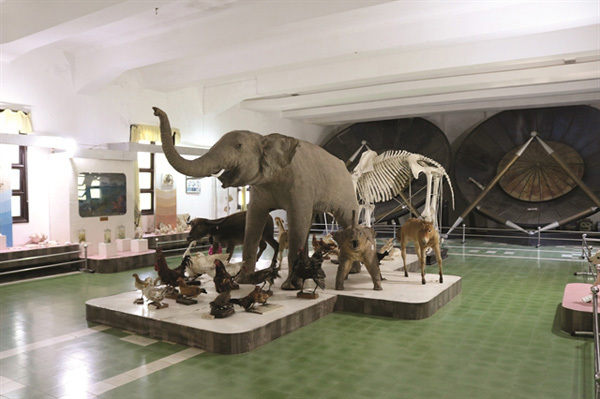 |
| The former Redemptorist monastery now serves as a biology museum with seven display rooms of stuffed mammals, birds, reptiles, plants and others. VNS Photo Xuan Dang |
Thanks to the beauty of the monastery, it imparts a nostalgic and mysterious feeling. It seems that at any angle or location in the monastery is a wonderful scene for a photo.
“This is my first time visiting this place. I'm very impressed with the architecture. I also took some great photos here with my family. It's good to see that abandoned monasteries like this are maintained and used as a tourist destination," Phuong Thanh, 21, a tourist from Nha Trang City, told Việt Nam News.
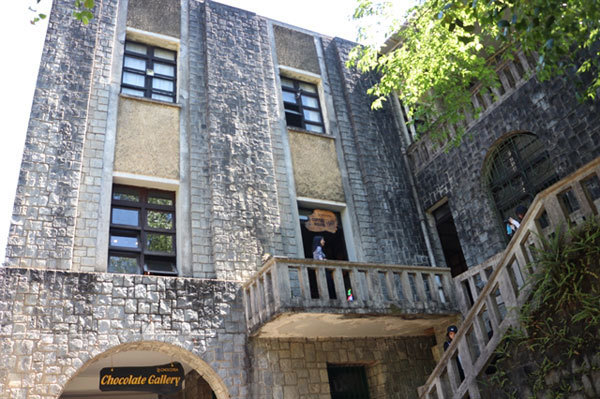 |
| The architecture of the monastery impresses visitors. VNS Photo Xuan Dang |
Hidden gem
Some old monasteries in Da Lat with significant architectural values have been repaired to change their purpose of use.
An abandoned monastery located between Tran Quang Dieu and Hung Vuong streets is one.
The dirt path leading to the monastery makes it quite a hidden gem. Located in the north of the city and covering more than seven hectares, the chapel and residential quarters of the Franciscan monastery sit on a hill about 7 kilometres from the city centre.
For years, the iconic chapel has been an inspiration for Vietnamese artists and photographers, appearing in countless works of art.
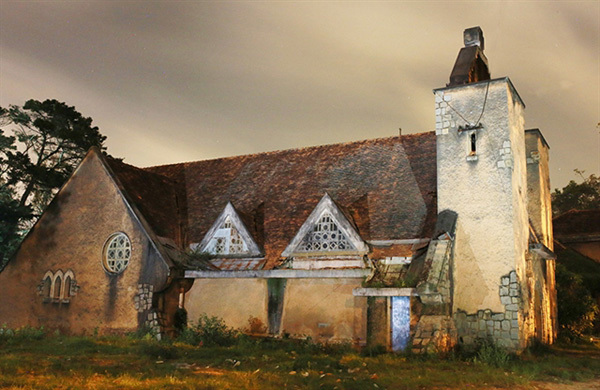 |
| An abandoned Franciscan monastery is one of the oldest and most valuable religious buildings in Da Lat. Photo Baolamdong.vn |
Le Tu, head of Lam Dong Province's Association of Architects, said that even though the monastery is not classified as a heritage, architects appreciate it for its historic architectural value.
The monastery complex was designed by French architects Alexandre Leonard and Paul Veysseyre in the late 1930s and early 1940s, marking the onset of Benedictine missionaries from the West making their way to Vietnam.
The architectural style of the chapel has a combination of the West and East with an Eastern-style tiled roof, and windows and main door bearing the typical Western Gothic architecture.
In 1954, the missionaries left the complex in the hands of Franciscan nuns before moving to Hue in the central region to set up the Thien An Monastery.
In the following years, the nuns enlisted the help of Vietnamese architect Pham Khanh Chu to design additional classrooms behind the existing complex, known as the Viet Nu Commercial School, in 1969.
In 1979, the seven-hectare complex was handed over to the government. It was eventually abandoned for several years before becoming the campus for the HCM City University of Architecture in Da Lat.
At one point, nearly 20 families illegally occupied the chapel but were eventually moved out by local authorities.
Restoration plan
The complex is now under restoration to become a campus of the HCM City University of Architecture.
The project, co-headed by Huy Hoang Company and the university, started by the end of February.
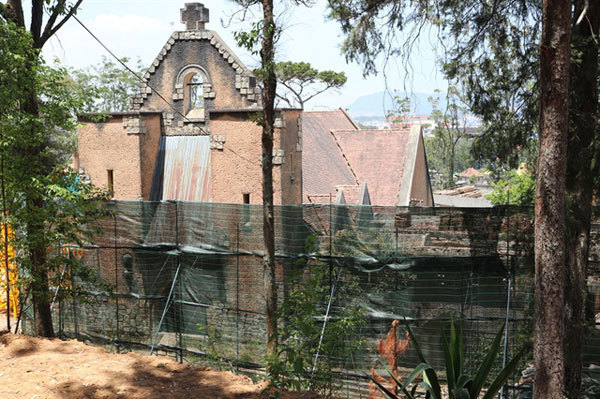 |
|
The former ancient monastery is currently under restoration. VNS Photo Xuan Dang |
A representative of HCM City University of Architecture told Tuổi Trẻ (Youth) newspaper that the university has plans to restore the site.
“We see the complex as a meaningful and valuable heritage site. Restoration costs are much more than rebuilding, but we must protect this significant landmark."
Associate Professor Le Van Thuong, rector of the university, said the chapel area and the dorm for monks will be preserved in their original state. Damaged parts such as doors and the roof will be repaired or replaced but will be consistent with the overall structure.
"We will keep the original architecture and materials of the building as much as possible. Only damaged and deteriorated places will be replaced with new materials. The paint will be the original colours," Thuong said.
When the work is completed, the chapel will become the university hall, while the dormitory area of the monastery will remain as the residential function. The classroom area will become a lecture hall for students, Thuong said.
Ninh Viet Anh, teacher at HCM City University of Architecture, said that for works with historical architectural significance, conservation must be carefully considered.
With conservation projects such as these, the city can keep its unique architectural features from the French colonial period and continue to be a popular tourist destination.
VNS
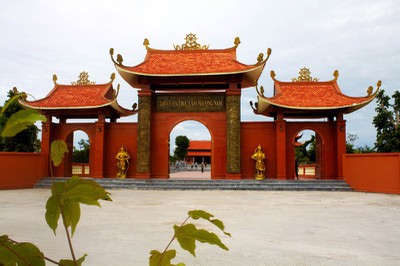
A look at four of most famous Buddhist destinations nationwide
Tay Thien, Yen Tu, and Da Lat Monasteries are among some of the unmissable Buddhist destinations located across the country,

Visiting old pink Catholic Church in Da Lat
Domaine de Marie Church, also known as Mai Anh Church, boasts a vibrant pink colour in the exterior and interior of the cathedral, serving to draw huge attention from tourists whilst making the site more special as it sits in the heart of Da Lat.